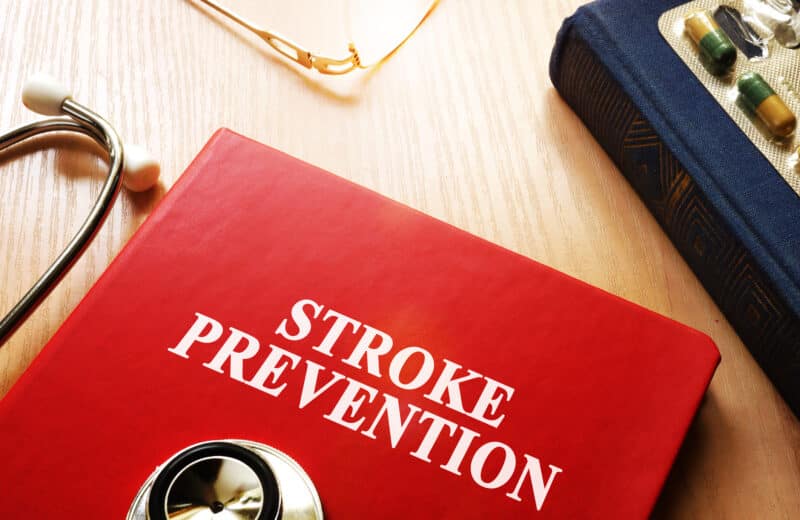By Sue Hubbard, M.D.
Strep throat, a bacterial infection, seems to “flourish” during early spring. It is typically seen in school aged children between the ages of 4 and 16 years (but may be seen in younger children and adults on occasion). Strep symptoms begin with a sore throat, often a fever, swollen lymph nodes in the neck, and some children may have a headache as well as abdominal symptoms with vomiting.
Because strep throat is due to a bacterial infection it is treated with an antibiotic. But in order to diagnose strep throat your child will need to have a rapid strep test, which entails having a swabbed specimen taken from your child’s throat (tonsils and posterior pharynx). The test is pretty easy and most children don’t mind a throat “swab” or specimen (we call it tickling your tonsils), although some children may gag and even vomit. But rest assured, there is no needle involved in a strep test! The rapid strep test takes about 5 to 10 minutes and will determine if your child needs an antibiotic. This test if really accurate, but in our office we also do a backup overnight culture (old school) on all negative rapid strep screens so as not to miss any false negative tests.
While strep is treated with an oral antibiotic (on occasion a shot for a vomiting child), the rule of thumb was 24 hours at home after beginning antibiotics before returning to school or outside activities. An interesting study published in the Pediatric Infectious Disease Journal concluded that children treated with amoxicillin (who are not allergic) by 5 p.m. could attend school the following day, if fever free, and not put other children at risk.
Although this was a small study (only 111 children ), the authors found that 91 percent of the children who had received an appropriate initial dose of amoxicillin, had undetectable group A strep on the rapid test and on a throat culture on the second day.
While this study is interesting, I also think that there are several important points to be made. A child with strep throat may no longer be contagious after 12 hours, but how are they actually feeling? Did they sleep well that night? Do they still have a sore throat or maybe a headache? Despite being fever free, is it better for that child to stay at home for a day rather than rushing back to school when not at the top of his or her game?
I do realize that it may be helpful for working parents, as it would get them back to work more quickly, but we still need to consider how the child is feeling. Sometimes while an antibiotic will “treat” the infection, a day of rest, fluids and no school may be just what the doctor ordered. I still think we need to look at the individual child and make a decision based on multiple factors.
(Dr. Sue Hubbard is an award-winning pediatrician, medical editor and media host. “The Kid’s Doctor” TV feature can be seen on more than 90 stations across the U.S. Submit questions at http://www.kidsdr.com. The Kid’s Doctor e-book, “Tattoos to Texting: Parenting Today’s Teen,” is now available from Amazon and other e-book vendors.)












